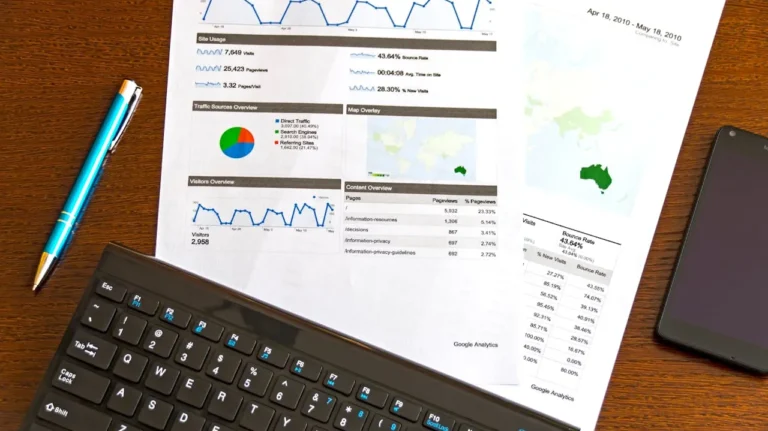
August 2025 Auto Sales Surge as EV Share Hits Record High and Consumer Spending Reaches $54.6 Billion
The U.S. auto industry is entering the final stretch of 2025 with a surge in consumer spending and an unprecedented shift in buying patterns. According to a joint forecast from J.D. Power and GlobalData, total new-vehicle sales in August 2025 are projected to reach 1.48 million units, marking an 8.2% increase year-over-year. This growth comes despite having one fewer selling day compared with August 2024, underscoring the resilience of demand even amid complex market pressures.
Total and Retail Sales Forecast
Breaking down the forecast, retail sales alone are expected to hit 1.28 million units, representing a 7.8% increase compared with the prior year. Adjusted for the difference in selling days, that growth translates to a 3.9% year-over-year improvement.
On the broader scale, the seasonally adjusted annualized rate (SAAR) for total new-vehicle sales is forecast at 16.1 million units, up significantly from 15.1 million units in August 2024. This pace highlights not just demand for vehicles, but also improvements in supply and the continued strength of consumer willingness to spend at historically high levels.
Key Drivers Behind the Growth
Thomas King, president of J.D. Power’s Data and Analytics Division, emphasized that while the headline numbers are strong, they are shaped by a handful of unusual factors that complicate a straightforward reading of the market.
1. Expiring EV Tax Credits Fuel Record Demand
The most notable factor is the looming expiration of federal EV credits of up to $7,500, which are set to end on September 30, 2025. This deadline has accelerated electric vehicle purchases, with many consumers moving up their buying timelines to take advantage of the incentive.
As a result, EV retail share is projected to reach an all-time high of 12%, compared with just 9.5% a year earlier. When combined with hybrids and plug-in hybrids, electrified vehicles are accounting for a larger slice of sales than ever before, pushing down the share of traditional internal combustion engine (ICE) vehicles.
2. Labor Day Effect Adds a Seasonal Boost
This year, Labor Day weekend falls within the August reporting period, which typically means higher sales volume thanks to aggressive promotional activity and dealer incentives. However, tariffs have constrained the ability of automakers to offer deep discounts. Incentives as a percentage of manufacturer suggested retail price (MSRP) are at 6.2% in August, slightly lower than the 6.3% in January and down by 0.1 percentage points year over year.
3. Limited Lease Returns Create Market Pressure
The industry is still feeling the aftershocks of the 2022 supply shortages, which led to fewer leased vehicles entering the market. With lease returns at historically low levels, fewer customers are naturally cycling back into showrooms, a factor that places some downward pressure on sales despite strong demand.
4. Fleet Sales Add Momentum
Fleet deliveries are also playing a role in the August upswing. They are expected to hit nearly 200,000 units, up 11.2% year-over-year, largely due to the unusually low baseline from 2024. Fleet sales will represent 13.5% of total light-vehicle sales, up 0.4 percentage points from last year.
Consumer Spending Reaches Historic Levels
One of the most striking data points is the record-breaking consumer outlay. Shoppers are on track to spend $54.6 billion on new vehicles in August, up 5.3% from 2024 and the highest level ever recorded for the month.
The average retail transaction price is expected to climb to $44,750, a gain of $985 (2.2%) from a year ago. At the same time, total retailer profit per unit is forecast at $2,202, essentially flat year-over-year, but enough to generate an estimated $2.7 billion in aggregate retailer profits, up 2.6% from August 2024.
Financing Trends: Higher Payments, Longer Loans
Rising prices translate into higher monthly payments for consumers. In August, the average monthly finance payment is projected at $743, up $13 from 2024 and a record for the month.
- The average loan interest rate is 6.40%, down slightly from last year’s 6.78%.
- Long-term loans—with terms of 84 months or more—are expected to account for 11.2% of sales, up from 9.4% a year ago.
- Buyers with credit scores below 650 are making up a larger share of sales at 13.3%, the highest August level since 2018.
Used Vehicles and Trade-In Equity
The average used-vehicle price is trending towards $29,100, up $375 from August 2024. While higher used-car prices typically challenge affordability, they also bolster trade-in values.
In August, average trade-in equity is expected to reach $8,030, an increase of $275 year-over-year. However, 25.3% of buyers trading in vehicles will still face negative equity, a slight uptick from 2024, reflecting higher outstanding loan balances.
Inventory and Market Dynamics
Dealer inventories have improved markedly compared with last year. Retail inventory levels are at 2.10 million units, up 18.6% from August 2024. Industry days’ supply stands at 58 days, up from 51 days last year, giving consumers more choice and easing some supply constraints.
Still, demand remains strong: nearly 30% of vehicles are selling within 10 days of arriving at dealerships, though that is down slightly from last year. The average time on lot is now 51 days, up from 48 days in August 2024.
Powertrain Mix and Shifting Consumer Preferences
The August forecast also illustrates a significant shift in the types of vehicles consumers are buying:
- Internal combustion engine (ICE) vehicles: 72.2% share, down 5.6 percentage points year-over-year.
- Hybrid electric vehicles (HEVs): 12.6% share, up 2 percentage points.
- Plug-in hybrid vehicles (PHEVs): 2.5% share, up 0.6 percentage points.
- Battery electric vehicles (EVs): 12.8% share, up 3.2 percentage points.
Truck and SUV demand remains dominant, making up 82% of retail sales, up 2.1 percentage points from 2024. Meanwhile, U.S.-assembled vehicles account for 52.5% of sales, up from 50.1% a year earlier.
The Outlook Beyond August
Looking ahead, September is shaping up to be another dynamic month for the auto industry. Automakers are expected to make aggressive pushes to move EV inventory before the federal credit expires. At the same time, tariff-related cost pressures are weighing heavily on incentive strategies, adding an average of $4,275 per vehicle. While some models remain unaffected, others have seen price hikes, and many automakers are expected to hold back their strongest incentive campaigns until year-end.
King summarized the environment:
“August’s retail sales results point to solid new-vehicle demand. The results are unquestionably inflated by shoppers accelerating their electric vehicle purchases to take advantage of Federal EV credits—but the sales pace for non-EVs remains robust, especially given the modest discounts available on those vehicles.”
By the Numbers: August 2025 vs. Past Periods
- Retail Sales: 1.28 million units (up 7.8% YoY)
- Total Sales: 1.48 million units (up 8.2% YoY)
- Retail SAAR: 13.1 million units (vs. 12.3 million in Aug 2024)
- Total SAAR: 16.1 million units (vs. 15.1 million in Aug 2024)
- Fleet Sales: 199,854 units, up 11.2% YoY
- Average Retail Price: $44,750, up $985 YoY
- Average Incentives: $3,105 per unit, down 0.1 percentage points YoY as % of MSRP
- Consumer Spending: $54.6 billion, highest August on record







